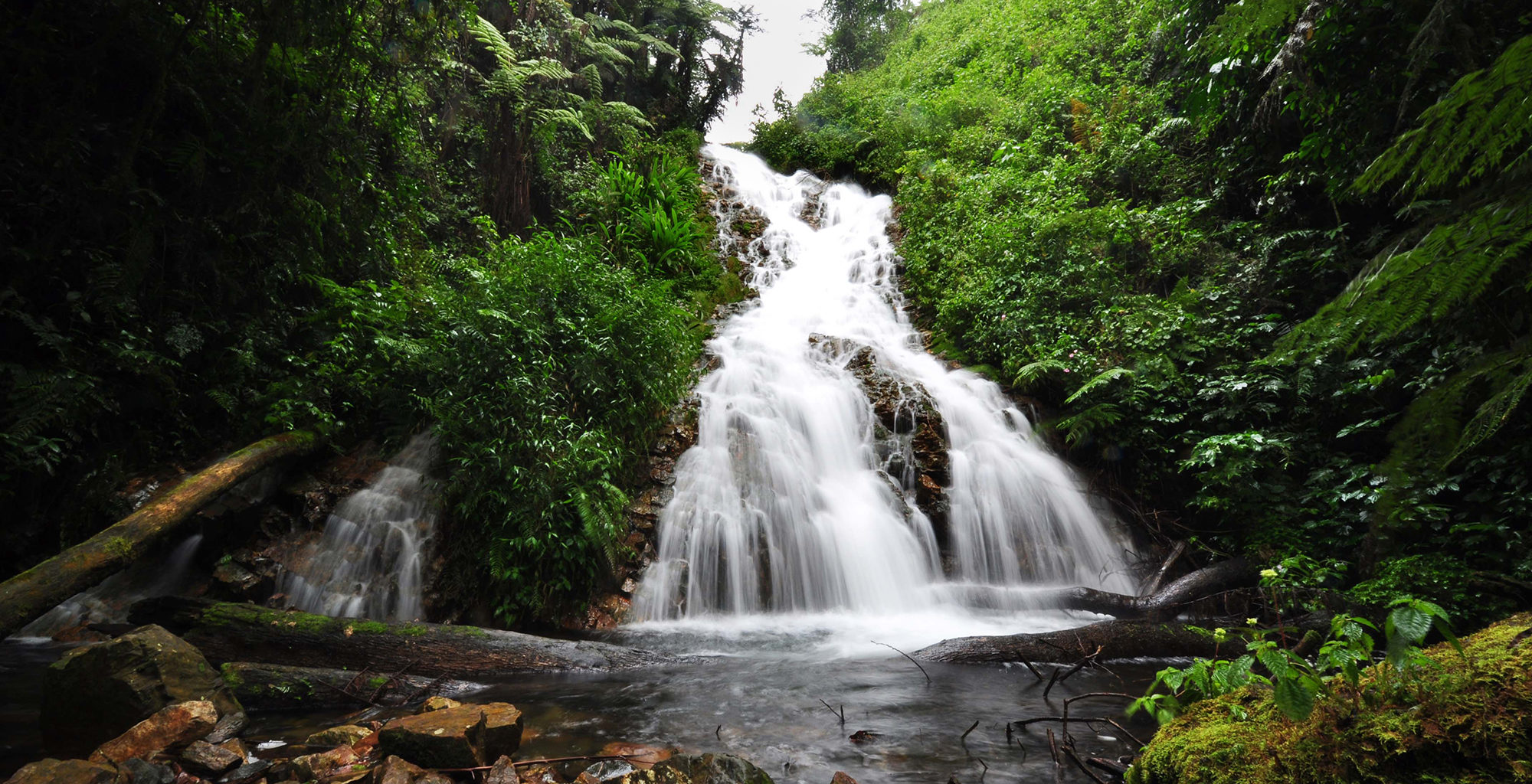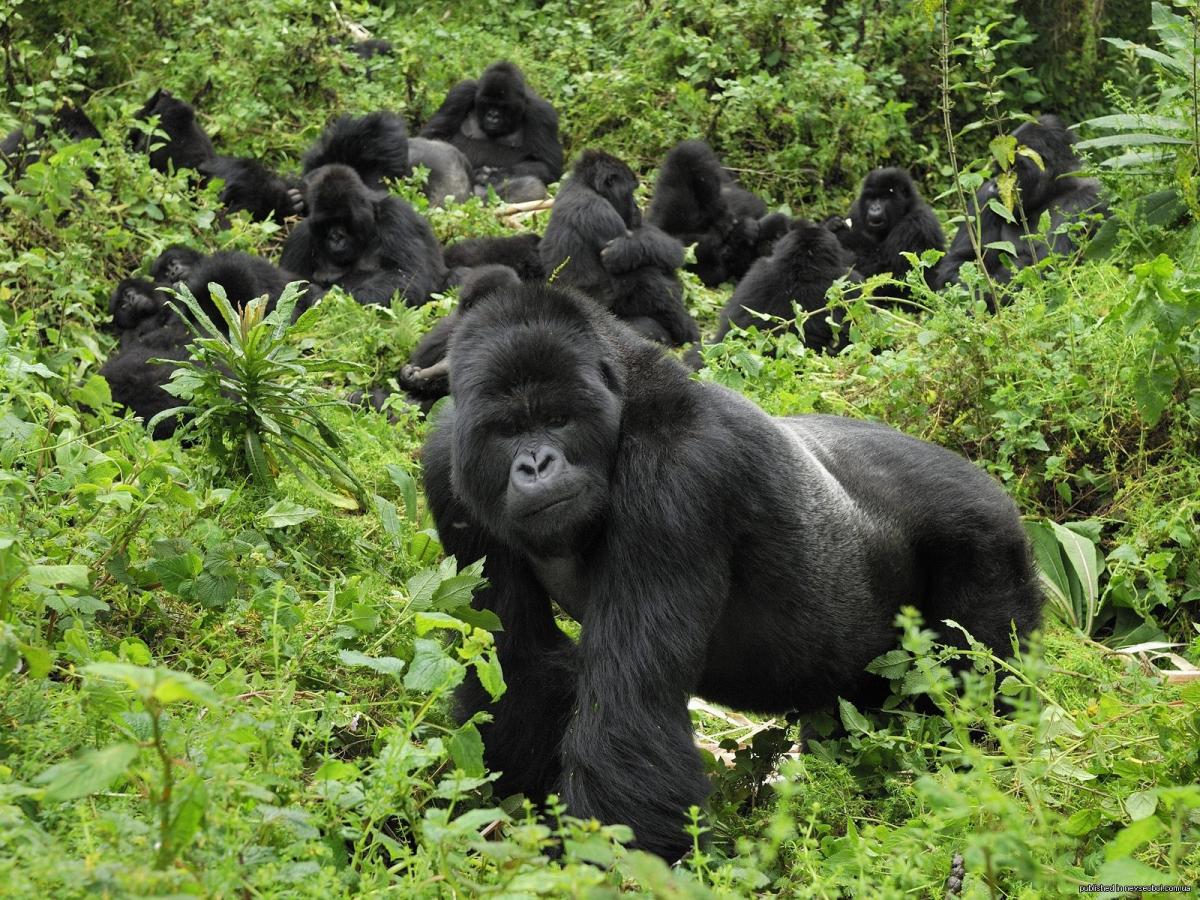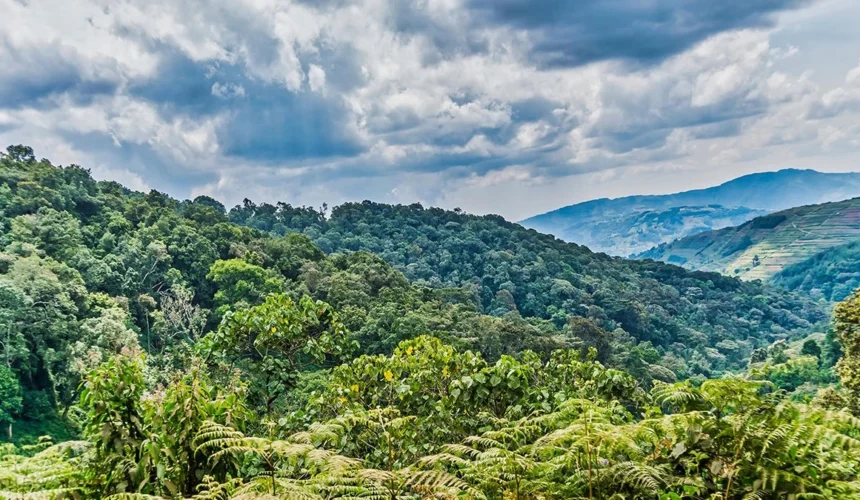Bwindi Impenetrable National Park, a UNESCO World Heritage Site, is widely celebrated as one of Uganda’s crown jewels. Nestled in the verdant landscapes of southwestern Uganda, this ancient and sprawling forest is home to a rich mosaic of biodiversity—including almost half of the world’s remaining mountain gorilla population. With its dense, mist-shrouded vegetation and rugged terrain, Bwindi offers visitors a once-in-a-lifetime opportunity to step into a realm where nature’s raw beauty unfolds at every turn.

Location, Geography, and Unique Landscapes
Situated in the Kanungu District of southwestern Uganda and bordering the Democratic Republic of the Congo, Bwindi Impenetrable National Park covers approximately 331 square kilometers of both lowland and montane forest. This expanse of wilderness forms part of the greater Bwindi Impenetrable Forest—a living relic that has withstood the tests of time, dating back over 25,000 years.
Accessible only on foot, the park’s labyrinthine trails lead visitors through a mosaic of steep ridges, deep valleys, cascading waterfalls, and ancient trees draped in lichen and vines. The park’s topography, shaped by its location along the edge of the Albertine Rift, creates a mysterious, almost otherworldly atmosphere that invites exploration and introspection.
Rich History and Cultural Heritage
Bwindi’s story is as layered as its forest canopy. Originally designated as Crown Forest Reserves in the early 1930s, the area was later merged and expanded to protect its unique ecological treasures. In 1991, Bwindi Impenetrable was officially established as a national park—and by 1994, it had earned its prestigious UNESCO World Heritage status. This recognition acknowledges not only its environmental significance but also its cultural resonance.
Local communities, including the Batwa and Banyankole peoples, have a long-standing connection with these woods. Their traditional knowledge, folklore, and sustainable use practices have coexisted with the forest for generations, offering profound insights into the delicate balance between human life and nature’s bounty.
Abundant Biodiversity and Iconic Primates
At the heart of Bwindi Impenetrable National Park is its extraordinary biodiversity. The park shelters over 1,000 flowering plant species, countless species of ferns, and an impressive array of fauna—including more than 350 bird species, 310 butterfly species, and several amphibians and reptiles. However, the star attraction remains its mountain gorillas.

Bwindi is home to 14 habituated groups of mountain gorillas, totaling around 400 individuals. These gentle giants roam the dense forest, offering visitors rare, intimate encounters during guided gorilla trekking excursions. Besides these majestic primates, Bwindi also provides sanctuary to chimpanzees, various monkey species, and elusive forest elephants, making it a veritable living laboratory of tropical biodiversity.
Gorilla Trekking and Immersive Safari Experiences
A visit to Bwindi is synonymous with the unforgettable adventure of gorilla trekking—a rare opportunity to observe these endangered primates in their natural habitat. Accompanied by experienced and respectful guides, trekkers navigate the narrow, winding trails under the dense canopy, listening intently for the distant calls of gorilla families.
Besides prime primate encounters, the park offers nature walks that reveal hidden waterfalls, secret clearings, and the subtle sounds of this ancient forest. Every step in Bwindi is a journey back in time—a chance to witness the quiet majesty of one of Africa’s oldest ecosystems.
Conservation and Community Engagement
The long-term preservation of Bwindi Impenetrable National Park hinges on dynamic conservation efforts and the active involvement of local communities. Managed by the Uganda Wildlife Authority, Bwindi’s conservation initiatives combine scientific research with community-based approaches to protect endangered species and maintain the ecological balance of the forest.
Through sustainable tourism and educational programs, visitors contribute directly to conservation projects that benefit both wildlife and neighboring communities. Responsible travel practices in Bwindi ensure that the delicate mosaic of flora and fauna thrives for generations to come, balancing human curiosity with nature’s enduring resilience.
Practical Tips for Your Bwindi Adventure
For those ready to embark on this extraordinary journey, consider the following tips:
- Best Time to Visit: The drier months—from December to February and from June to August—offer the best conditions for gorilla trekking and forest exploration.
- What to Pack: Bring sturdy, moisture-wicking hiking boots, light but durable clothing in neutral colors, waterproof layers, insect repellent, and a good pair of binoculars. A camera with a flash is also advisable for capturing the low-light forest scenes.
- Permits and Guided Tours: Gorilla trekking permits are required and should be secured well in advance. Hiring a knowledgeable local guide enhances your safety and enriches the experience with insider insights into the forest’s secrets.
- Health and Safety: Prepare for variable terrain and humidity. Ensure you are in good physical condition as trekking through steep, sometimes challenging trails is part of the Bwindi experience.
A Call to Adventure
Bwindi Impenetrable National Park is more than a destination—it’s an immersive journey into one of the last great wildernesses on Earth. Whether you’re drawn by the chance to meet the gentle mountain gorillas, explore a primeval forest steeped in history, or contribute to vital conservation efforts, every moment in Bwindi brings you closer to the heart of nature.
Step into the shadows of ancient trees, breathe in the primordial air, and let the magic of Bwindi transform your sense of wonder. This is not just a safari—it’s an invitation to be part of a legacy of preservation and discovery in one of Africa’s most extraordinary landscapes.
Additional Insights: For wildlife photographers and conservation aficionados, consider joining specialized photography safaris or cultural exchange programs in the region. These immersive experiences provide deeper insight into the intricate web of life that flourishes in Bwindi, ensuring your visit is both transformative and impactful.
Happy trekking and safe travels on your unforgettable Bwindi adventure!





